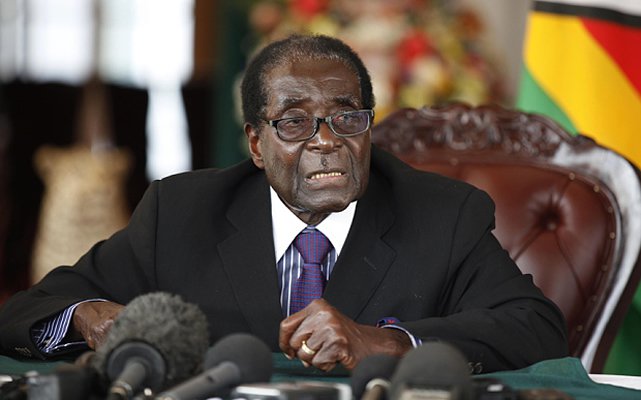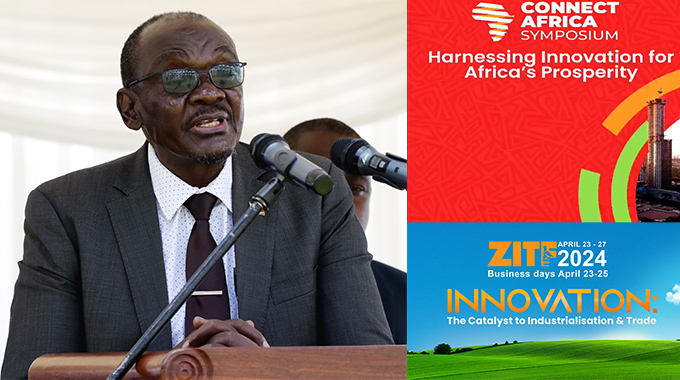$10 million package for exporters

Oliver Kazunga, Senior Business Reporter
THE national export promotion agency, ZimTrade, is mobilising a $10 million export revolving fund to be availed to local firms before the end of this year towards boosting the country’s exports.
In an interview on the sidelines of a seminar on how to export to Sweden held in Bulawayo last Wednesday, ZimTrade chief executive officer Ms Sithembile Pilime said local exporters needed funding to boost their production capacities. She said her organisation was sourcing funding for the export revolving facility from local and foreign financial institutions.
“Companies really need access to affordable loans and the like and in this area, we as ZimTrade, we’re working on a facility that we call export revolving fund. This will also come in addition to other facilities that are on the market,” said Ms Pilime.
“As you know the needs for funding are even much more than any single organisation can provide, so this is what we are working on. And we will be approaching various institutions local and external to fund this and once companies start using it as it will be a revolving fund, as they payback we are also getting money to forward.”
Captains of industry from Bulawayo, representatives from the Open Trade Gate Sweden (OTGS) and the Swedish Ambassador to Zimbabwe, Mrs Sofia Calltorp, attended the business event that was organised by ZimTrade and OTGS.
OTGS is a one-stop information centre established by the Swedish government as a public service to exporters from developing countries. The overall objective of OTGS is to facilitate trade and increase exports from developing countries to Sweden.
Since the adoption of a multicurrency system in February 2009, local companies have been grappling with working capital for retooling as well as stimulating productivity on the back of antiquated machinery. Zimbabwe has in the past decade registered negative annual trade balance averaging $3 billion.
In light of the negative trade balance, the Government and other stakeholders such as ZimTrade have been working with the private sector to reduce the country’s widening trade deficit.
Last year, the Office of the President and Cabinet tasked the Ministry of Industry and Commerce and ZimTrade to expeditiously craft and implement strategies to boost the country’s exports. The OPC has tasked the Ministry of Industry and Commerce and ZimTrade to adopt a rapid results approach to deal with challenges faced by exporters as well as complementing the ease of doing business approach that the OPC was spearheading.
Earlier in her welcome remarks, Ms Pilime said the objective of the seminar was to provide the requisite market intelligence to assist Zimbabwean companies that have the potential and capacity to penetrate the European Union market and the Swedish market in particular.
“This is the second time Open Trade Gate Sweden is hosting this event in Zimbabwe following the one held in Harare in September 2015.
“Feedback from the Harare Seminar indicated that this was a very informative forum, the outcome of which was very useful in understanding the requirements for exporting to the European market, particularly on quality,” she said.
Ms Pilime said a look at the trade statistics between Zimbabwe and Sweden shows that there was scope for growth.
“According to Trade Map, Sweden’s imports from Zimbabwe (Zimbabwe’s exports to Sweden) were $1 million in 2015.
“The main products that Sweden imported from Zimbabwe included citrus fruits, footwear, ferro-alloys and sculptures,” she said.
Ms Pilime said during the same period, Sweden’s exports to Zimbabwe (Zimbabwe’s imports from Sweden) were $15.5 million.
The major products imported by Zimbabwe were machinery and components for cellular networks.
The seminar was focused on three sectors namely, clothing, textiles and leather products because an analysis of the Swedish import bill indicates that in 2015, Sweden imported $4.4 billion of clothing and textiles and $4 billion of leather products from the entire world.
“These are products that Zimbabwe is currently exporting. There is, therefore, potential for Zimbabwe tap into this market,” she said.
— @okazunga












Comments